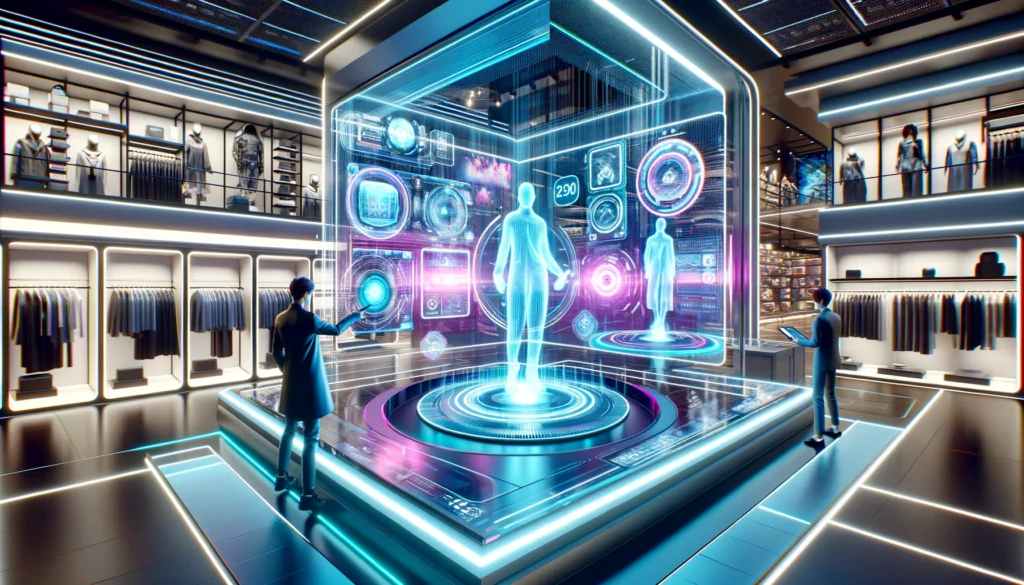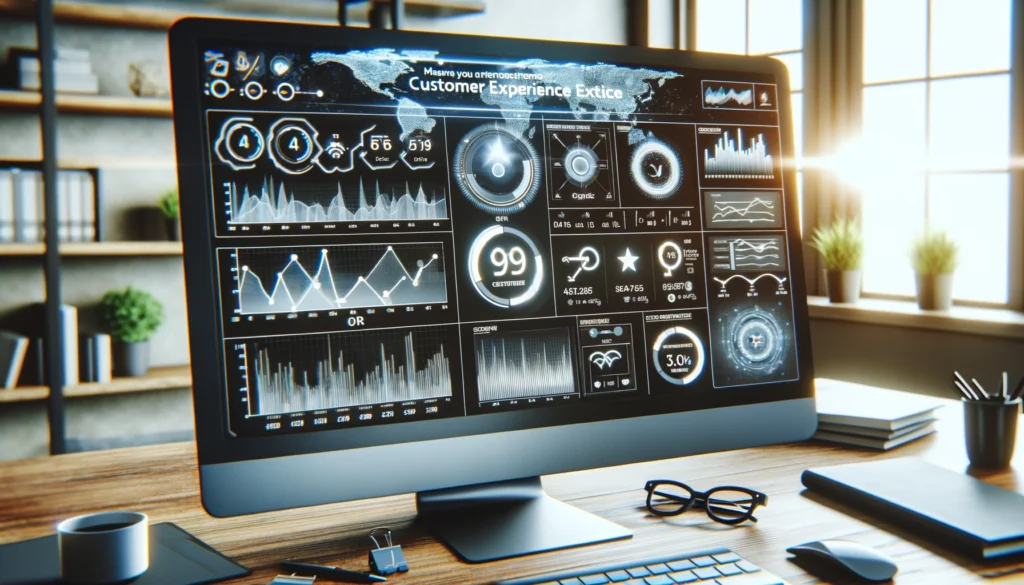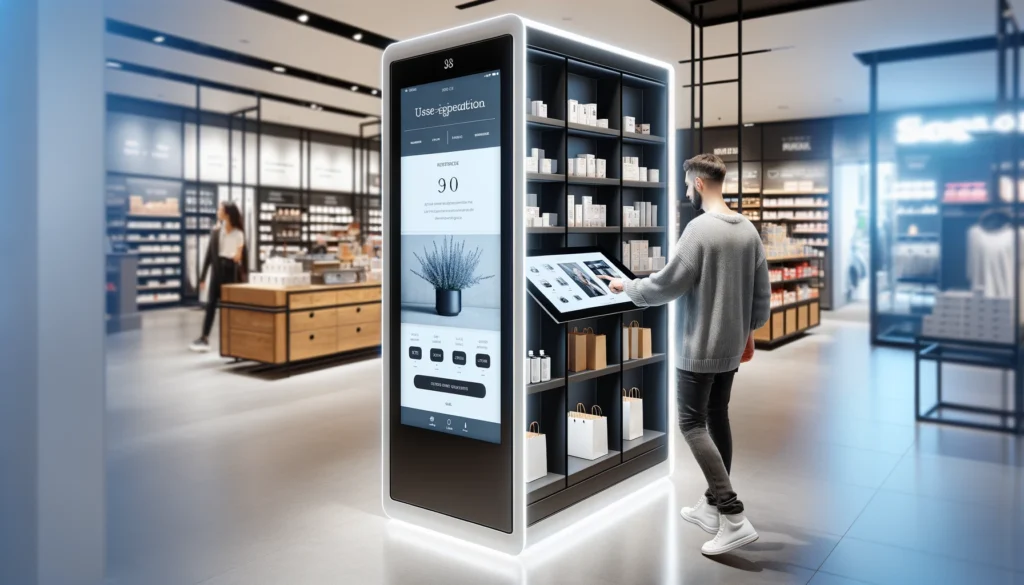Crafting Compelling Customer Experiences: A Guide to Encouraging Online Reviews in Retail
In retail, more than in any other industry, one could argue, the consumer experience is crucial. Today, more than ever, a positive customer experience and brand reputation management are essential, with 93% of consumers reading online reviews before making a purchase and 58% of consumers preferring to drive further or spend more for a product with an excellent rating.
Another difficult client experience is that of retail. It covers both the online and in-store experiences equally well. You must first comprehend the whys, whats, and hows of retail customer experience before you can master it.

What is the Retail Customer Experience?
The retail customer experience comprises all touchpoints a customer has with a company, from the initial interaction to post-purchase engagement. However, it goes beyond transactions to include emotions, perceptions, and overall happiness with the brand from the customer’s perspective.
Why is the Customer Experience at Retail Important?
The profitability and longevity of any firm functioning in the contemporary marketplace are largely dependent on the retail customer experience. When customers consistently have a great experience with a company, they can easily become lifelong supporters of the brand and brand ambassadors. Beyond fostering client loyalty, however, a well-designed retail customer experience has further advantages. Let’s look at a few:
- Growth in Revenue
Clients that are happy with their purchases are more likely to repurchase and spend more money. A connection between the brand and its customers is created when the retail customer experience surpasses expectations, resulting in higher lifetime value and expenditure. Positive customer experiences increase consumer engagement and willingness to invest in the business, which immediately leads to revenue growth.
- Competitive Edge
In a congested economy with similar products and services, the retail customer experience may be a great differentiator. Businesses that focus on providing outstanding client experiences have a competitive advantage over their competitors. Customers are more inclined to prefer a company that offers not only high-quality items but also a memorable and enjoyable experience.
- Referral Marketing
Happy customers spread the word about a brand by sharing their positive experiences and acting as brand ambassadors. Online reviews and referrals from friends and family are important sources of new business. Positive word-of-mouth marketing can help a brand that continuously provides exceptional retail customer experiences grow its client base naturally.

How to Improve the Retail Customer Experience
You must concentrate on two primary experience types—in-store and digital—if you want to enhance your customers’ in-store shopping experiences. Both of these kinds of encounters are crucial for strengthening client loyalty and enhancing the general perception of your company.
Improving the Digital Retail Experience
Offering a top-notch online shopping experience is essential for drawing in new clients and keeping existing ones. The following tactics can be used to improve the digital customer experience:
- User-Friendly Website
Create and optimize your website for ease of use. Ensure easy navigation, fast loading times, and a smooth checkout experience. A clutter-free, visually pleasing layout improves the user experience and encourages visitors to explore and purchase.
- Personalization
Use data analytics and customer insights to tailor your online buying experience. Implement individualized product recommendations, targeted promotions, and tailored content based on individual interests and previous interactions. Personalization makes users’ experiences more interesting and relevant.
- Prompt Customer Service
Provide amiable and easily reachable customer service using a variety of channels, such as social media, email, and live chat. Providing instant support and swiftly addressing problems are important components of a satisfying online experience. Use chatbots to expedite customer service and provide quick answers.
- Optimization for Mobile Devices
Optimize your website for mobile responsiveness, considering how often people use mobile devices. Make sure that purchasing online is easy to use and aesthetically pleasing on tablets and smartphones. To attract the increasing number of customers who choose to purchase on mobile devices, mobile optimization is crucial.
- Secure and Transparent Transactions
Give online transaction security a priority to inspire trust in your customers. Use secure payment methods, make clear the security precautions on your website, and be open and honest about your refund and shipping policy. Customers are more likely to trust a transaction procedure that is transparent and safe.

How to Measure the Customer Experience in Retail
Effectively assessing the consumer experience in retail is critical for identifying strengths, areas for improvement, and overall happiness. Most firms will measure customer experience using three typical metrics.
- NPS (Net Promoter Score)
What it isn’t: By posing the straightforward question, “How likely are you to recommend our brand to others?” NPS is a popular statistic for evaluating customer loyalty.
Measurement method: Based on a response scale of 0 to 10, customers are categorized as promoters
(9–10), passives (7-8), and critics (0–6). By deducting the percentage of critics from the percentage of promoters, the NPS is computed.
Why it counts: NPS offers a clear indication of client loyalty and happiness. Greater consumer propensity to promote the brand is indicated by higher NPS scores.
- Customer Satisfaction (CSAT) Score
What it is: CSAT assesses total customer satisfaction by asking clients to rank their experience on a numerical scale.
How to measure: Customers typically rate their satisfaction on a scale of 1 to 5 or 1 to 10. The average score reflects the CSAT score.
Why it matters: CSAT provides a simple method for evaluating customer satisfaction following specific interactions or transactions. Regularly tracking CSAT scores assists in identifying patterns and areas for development.
- Score for Customer Effort (CES)
What it is: The Customer Experience Scale (CES) gauges how comfortable it is for users to accomplish tasks or find solutions.
How to measure: To gauge agreement, customers score items on a scale such as “The company made it easy for me to resolve my issue.” To depict the CES, the average score is used.
Why it matters: Customer happiness and loyalty are increased when effort is reduced. A simpler and happier customer experience is indicated by a lower CES.

Retail Customer Experience Trends
As a retailer, you understand that the great majority of the information you need to define your merchandising, product development, e-commerce, and overall business strategy comes from software review sites, social media, your workers, and other sources. To stay ahead of your clients, you must maximize the use of all of these media. However, to assist you, our strategic insights team conducted independent research to identify two important trends in retail customer experience.
Trend #1: Consumers Will Not Settle for Convenience
Convenience-based experiences, such as self-checkout, online ordering with in-store pickup, and flexible payment options, are now considered standard features rather than extras. That doesn’t take away from how significant these things are. In actuality, without these features, customers might not even choose to buy with you.
You must harness the power of influencer marketing and social media reviews to elevate your retail experiences to new heights. According to our analysis, more than 60% of shops with a significant Instagram and TikTok following reported feeling more “purchase intent.”
Trend #2: Consumers Expect Hybrid Experiences
There is no longer a distinction between in-store and online customers. One-third of consumers now anticipate a combination of the two to have a smooth, hybrid experience. We asked customers to prioritize the hybrid experiences they expect from retail brands:
In our study, it became evident that consumers were thrilled about the potential of using their mobile devices as part of their in-store experience in a variety of ways.
- 50% of customers indicated they’d like to use their phone/app to read product google ratings and reviews when browsing in-store.
- 50% of customers indicated they’d like to be able to explore product alternatives (such as colours or sizes) by scanning a product with their smartphone in-store.
- 33% of shoppers stated they’d like to view recommended product pairings through an app/mobile site while in-store.
- 25% of customers indicated they’d like to check social media product reviews/mentions while shopping at a brick-and-mortar store.
In essence, customers wish to incorporate components of their preferred internet experiences into physical stores. Customers want to be amazed by personalization when they are in your store, whether it’s finding through product review sites, instant access to what other customers have to say, or other comparable alternatives. Now is the moment to begin providing!
Conclusion
In conclusion, shops looking to create engaging consumer experiences have both possibilities and challenges in the digital age. Retailers may successfully negotiate the intricacies of the digital marketplace by emphasizing personalization, deploying technology in conjunction with the human touch, and employing CheckTheReview as customer management software .
This strategy not only promotes online evaluations but also creates a devoted clientele, boosts revenue, and sets the company apart in a crowded industry. In the future, every interaction will be a chance to inspire and excite, and the journey will continue with customer happiness at its core.







